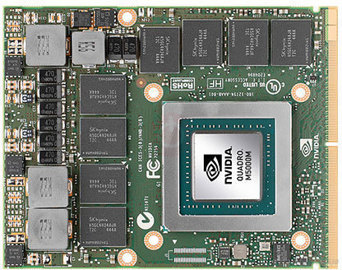
Therefore, get the package (extract it if necessary), run the setup, follow the on-screen instructions for a complete and successful installation, and make sure you reboot the system so that the changes take effect.

When it comes to applying this release, the installation steps should be a breeze, as each manufacturer tries to make them as easy as possible so that each user can update the GPU on their own and with minimum risks (however, check to see if this download supports your graphics chipset). It can improve the overall graphics experience and performance in either games or various engineering software applications, include support for newly developed technologies, add compatibility with newer GPU chipsets, or resolve different problems that might have been encountered. While installing the graphics driver allows the system to properly recognize the chipset and the card manufacturer, updating the video driver can bring about various changes. Browse to the folder where you extracted the driver and click Ok. If you already have the driver installed and want to update to a newer version got to "Let me pick from a list of device drivers on my computer"ħ. Choose to select the location of the new driver manually and browse to the folder where you extracted the driverĥ. Right click on the hardware device you wish to update and choose Update Driver SoftwareĤ. Go to Device Manager (right click on My Computer, choose Manage and then find Device Manager in the left panel), or right click on Start Menu for Windows 10 and select Device Managerģ. In order to manually update your driver, follow the steps below (the next steps):ġ. Take into consideration that is not recommended to install the driver on Operating Systems other than stated ones. If the driver is already installed on your system, updating (overwrite-installing) may fix various issues, add new functions, or just upgrade to the available version. another version of Ubuntu from USB thumbdrive w/o the Nvidia driver), the jitter also does not appear.The package provides the installation files for NVIDIA Quadro M1000M Graphics Driver version 30. And if I uninstall the Nvidia driver, the jitter does not appear when Ubuntu 20.04 loads. There’s no jitter in BIOS and the Grub menu. I am quite sure that it’s not a faulty laptop monitor. I also tried to switch the display manager from lightdm to gdm3, and it also doesn’t affect the band of jitter. v470, v460, v450) and the jitter would still be there. I have also tried various versions of the Nvidia driver (e.g. Whether the external monitor is connected to the laptop’s HDMI or thunderbolt or mini DP does not affect this observation.


If I use an external monitor + the laptop monitor and mirror the display (both monitors share the same resolution of 1920x1080), the jitter will still exist on the laptop monitor, but not on the external monitor. Interestingly, if I use an external monitor, this horizontal band of jitter doesn’t appear. What’s happening is that I run Ubuntu 20.04 on a laptop computer w/ Quadro M1000M, and if I use the laptop’s monitor, there would be a horizontal band of jitter (around 24 rows of pixels on the bottom of the screen but the rest of the screen looks fine), which is very annoying, as shown in the animated gif below (the application opened is gedit, and the text editing area is OK but the bottom status bar is in the jitter area).

Hi there, I wonder if anyone encountered a similar problem before and figured out a fix for it.


 0 kommentar(er)
0 kommentar(er)
